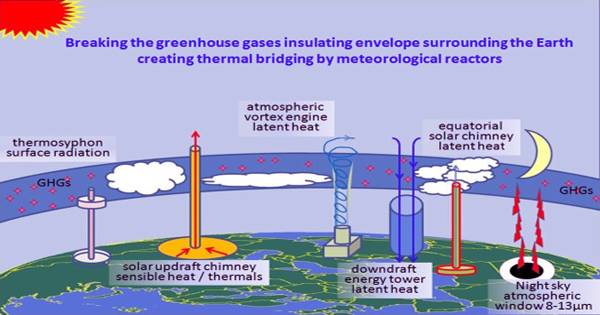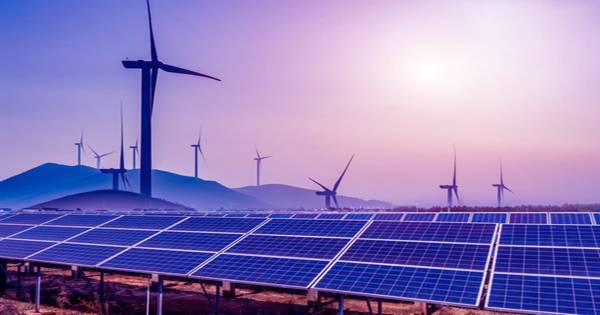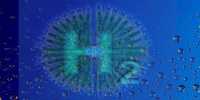The idea of eco-friendly ways of replacing these usually focuses on the use of solar or wind energy to produce clean fuels, but Bill Gross, the founder of technology innovator Idalab, decided to cut the middle step and use direct sunlight. After all, every child with a magnifying glass has learned that focused sun can be dangerously hot. In most energy productions, heat is a waste product, a measure of inefficiency. However, high temperatures are required for large-scale production, which is currently achieved with the help of fossil fuels.

Gates-backed solar focusing Institution can clean high- temperature production
The problem is that in order to achieve the extraordinary temperature required for the production of cement or glass, the sun cannot diminish in the slightest as it passes through the sky. The target reduces the temperature produced by each mirror flashing a few degrees away. If you want the water to boil and the molten salt to be tolerable for heating, that’s not a problem, but a big hurdle in building an industrial oven.
Naturally, the Gross concept doesn’t think first; Archimedes is said to have used it to protect Syracuse 200 years before Jesus and the potential power of sunlight reflected in science fiction 60 years ago. The slightest confusion of the 1.5 square-meter (15-square-foot) mirror leads to the adjustment reaction. At 30 frames per second and thousands of mirrors, data processing is immense as the sun moves across the sky, but it is much less than a barrier than once. Gross cannot burn too far away with cameras around a noticeable spot. Instead of tracking surrounded sunlight, the cameras receive a reflection of the sun’s light that focuses on the right place in the sunlight.
Gross announced this week that a demonstration center in California wilderness had reached a polarity of 1000ºC (1,832ºF), which was almost double what was used to centralize solar power generation. Halogen has the ambition to achieve 1,500ºC (2,732ºF) which is more than a quarter of the sun's surface temperature, making it possible for water to split to produce hydrogen without electricity.
The need to maintain fossil fuel operations even after dark, as initially assumed, could give a competitive advantage to heated, arid parts of the world when it comes to power-intensive generation. The Gross organization Heliogen was founded to develop the idea with the support of Bill Gates and Professor Patrick Sun-Xiong, owner of the Los Angeles Times, who kept his work quiet from other parts of the world as long as it had something to show for its work.
In addition to cleaning up industrial production, Heliogen’s technology could breathe new life into solar heat for power plants. One of the reasons they are printed by photovoltaic panels, despite the ability to continue production after dusk, is that it takes a few months with little care to generate any electricity before the operation begins. Gross thinks he can provide better focus almost immediately.
















